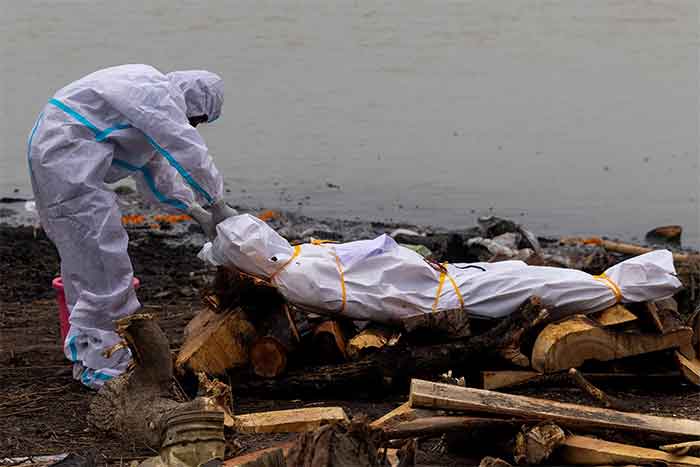
The most recent data indicate a decrease in the number of coronavirus infections in Italy. That means we could get out of the epidemic in the coming months. But why do we expect this trend? It is explained in the field of Science called “epidemiology” that studies how epidemics spread.
The first epidemiology studies date back to 1927, when two British researchers, Kermack and McKendrick, developed the “SIR” model (susceptible, infected, removed), still used today. However, the basis of these studies was the previous work of the American Alfred Lotka and the Italian Vito Volterra. A few years earlier, they had developed the model that we now call “Lotka-Volterra,” but also “predator-prey,” or “foxes and rabbits” (although neither Lotka nor Volterra ever spoke of foxes or rabbits).
Let’s explain. Imagine a green islet in the middle of the sea, populated by only two species: foxes and rabbits (there is no such island, but let’s take it as a hypothetical example). The population of foxes (predators) tends to grow when rabbits (prey) are abundant. It grows so fast that, at some point, the surviving rabbits can no longer reproduce quickly enough to replace those eaten by the foxes. The rabbit population reaches a maximum and then falls. At this point, Foxes starve. With few foxes around, the remaining rabbits can reproduce peacefully and the cycle begins again.
The model is based on the idea that predators tend to take more resources than nature can replace: it is what we now call “overexploitation” It always ends badly, but the model describes the trajectory of the populations that first grow and then collapse as a bell-shaped curve. An example of a real case is that of St. Matthew Island in the Pacific. There were no reindeer on the island before the US Navy brought some, in 1944. In a couple of decades they became thousands, they devoured all the grass, and then almost all died of starvation. Then, a couple of particularly harsh winters exterminated the last individuals, sick and hungry. Reindeer was the predators and grass the prey: a classic case of resource overexploitation.
Not that the model can explain the complex interactions in a whole ecosystem, but it is useful to provide us with a framework for what’s happening. And we can use it to understand the current epidemic. It is the same thing: the virus is the predator and the prey is us. The population of the virus is growing rapidly as it always happens when resources are abundant. But soon the virus will begin to run out of prey, fortunately not because infected people die (some, unfortunately, do). They are no longer prey because they become immune. Indeed, the epidemic is following the bell-shaped trajectory predicted by the Lotka-Volterra model.
So, nothing unexpected. Viruses are creatures looking for resources just like we do. They’re doing nothing different than what we did in the past by exterminating species like mammoths or the dodo. And, today, with the huge expansion of the human population over the last 1000-2000 years, we have become a great hunting ground for so many micro-organisms, also because of our tendency to live in crowded cities where it is easier to get infected. Thus, the past history is full of epidemics: plague, smallpox, cholera, influenza and many others.
In a way, we are at war: viruses attack us and we defend ourselves with vaccines, antibiotics, hygiene, and our immune system. But, if it’s a war, we won’t necessarily win it. Maybe we’ll find a vaccine for the Sars-VOC-2 virus, but don’t expect miracles.
Actually, species do not make wars against each other: they adapt, that’s how the ecosystem works. Viruses and bacteria are seen almost only causes for diseases, but our body hosts a large number of them and of many different species. They are not parasites, many are “symbionts” – creatures that help us with so many things, think of our intestinal bacterial flora. So, in time, we’ll end up adapting. And the virus will adapt, too.
Ugo Bardi teaches physical chemistry at the University of Florence, in Italy and he is also a member of the Club of Rome. He is interested in resource depletion, system dynamics modeling, climate science and renewable energy. Contact: ugo.bardi(whirlything)unifi.it
SIGN UP FOR COUNTERCURRENTS DAILY NEWS LETTER















































